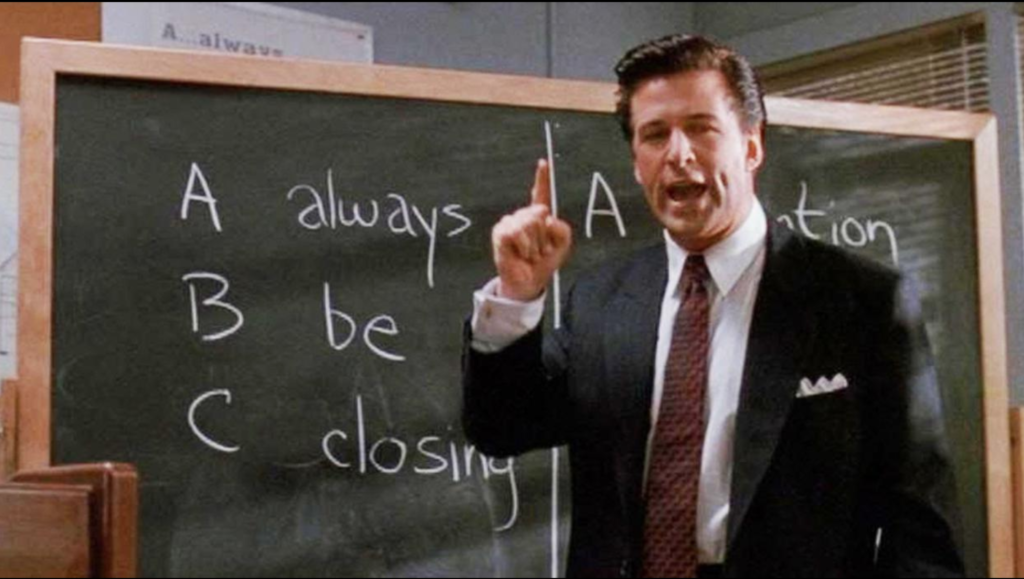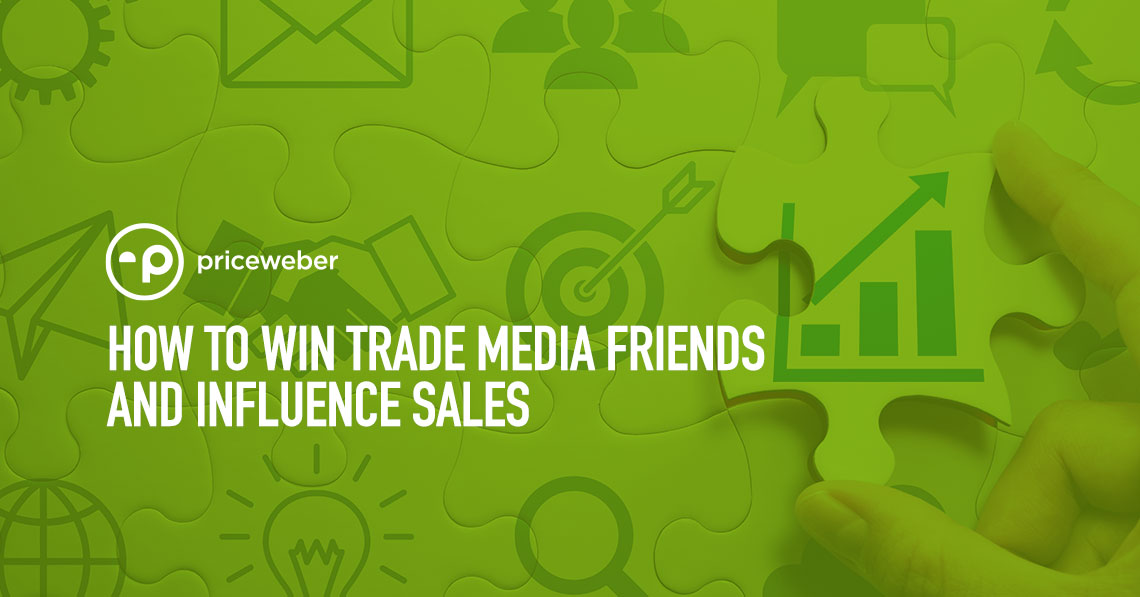Several years ago, a marketing professional from a large company told me trade media simply wasn’t worthy of their marketing plan. Talking about their product in trade media before it was available to consumers didn’t make sense to them. They had a sales team to handle getting the word out. No offense to their team, but I’m sure they could use a little help. Trade media should be an ally and resource in your B2B communications mix.
In today’s edition of Plain Talk, we’ll talk through the reasons that relationships with trade media are a critical component of any marketing plan.
Worlds Within Worlds
As a media editor in my previous career, I made a habit of collecting different trade media magazines for my office’s waiting room. The more niche they were, the better. Indiana Beef. Check. Aluminum Now. Check. I was fascinated by these highly targeted publications and the worlds they lived in. Each had dedicated content teams, sales staff, production teams and most importantly, devoted audiences that wanted to learn more about that subject. Audiences might be looking to educate themselves about their business, new products or trends, but regardless of the reasons, their readers make the choice to be part of the industry conversations. To borrow from the famous sales pitch line in the 1992 drama film, “Glengarry Glen Ross,” Alec Baldwin’s character states, “A guy doesn’t walk on the lot unless he wants to buy.” That’s a little absolute, but there’s some logic there. Why not capitalize on that potential and meet these audiences reading trade media?

(Glengarry Glen Ross, 1992, New Line Cinema)
In 2021, trade media partnerships are more essential than ever. As technology progresses and the COVID-19 pandemic impacts pretty much everything, having a relationship with relevant trade media outlets is full of opportunities to increase sales. It may not always be a direct line, but there are many ways to achieve a beneficial partnership for both parties.
First, don’t lump trade media in with mass consumer media. Yes, there have similarly been quite a few consolidations of trade media companies but in many cases, it seems to have strengthened product offerings because of their common resources. Interest in non-print tactics such as e-newsletters, database targeting and networking events are driving long-term trade media revenues.
There are a few key ways to maximize your relationship with trade media, these include – advertising and public relations. Each is scalable depending on the size of your business, but all should be levers to utilize.
Maximizing Your Trade Media Relationships
Managing both an advertising and an editorial relationship with the right trade media for your brands can be time-consuming. There are offers to evaluate, editorial calendars to peruse, trade-focused events to participate in and much more.
- If paid print advertising makes sense for your brand, check for partners with audited circulation and ask if they offer third-party readership studies. The latter often includes excellent direct feedback on print ads – if that’s part of your media mix. It’s invaluable to see qualitative feedback of what readers thought when they saw your ads. Did the call-to-action work? Did they take away the key message?
- If paid digital advertising makes sense for your brand, make sure you’re maximizing effectiveness by using as much data as possible to refine and reach your target audience. Don’t just provide your company’s URL for every digital ad you place. Use Urchin Tracking Module (UTM) codes to create a unique URL and landing page so you (or your agency partner) can monitor which ads are performing the best. For trade digital placements, direct those that click on the ads to the right place. If your ad is touting a new product, take them to a trade-focused product page. There are too many B2B ads linked directly to a consumer brand page that leaves the audience with very little use.
- Use paid advertising as an extension of your sales force with messaging that can help create conversations between the sales force and existing clients or create inbound leads by tailoring your message to a specific call to action.
- Invest in the time it takes to build a public relations relationship with the editorial team. As we mentioned benefits earlier, trade media reporters and editors are always on the hunt for content. Get to know the publication’s editorial calendars and be proactive when bringing up story ideas, not just sending your latest press release.
- Finally, with both public relations and paid advertising content, take advantage of the different content formats being offered in trade media now, such as blogs, infographics, submitted articles, insights for trend stories, etc. These options offer variety in your touchpoints with readers, but also often lend themselves to be repackaged as part of your owned content strategy. You can then re-share the content above for even more exposure outside of that specific trade media partner.
Why It Makes Sense Now
- Trade media outlets not only reach a very targeted and interested audience, but they also specialize in highly specific content about highly specific industries. This is an opportunity to reach others efficiently via editorial content or paid advertising. One size does not fit all. Your media agency partner or team member should be evaluating the exact audience shown in the audited circulation report.
- As a former journalist, I could list many talented former coworkers that went to work for trade media after working for consumer media. It’s not an easy gig given all the trend reporting that needs to be done and the struggle of working with companies that are very careful about proprietary concerns and saying “too much.” Editorial content is key when finding a trade media partner. Not all content is created equal. You diminish your brand reputation by advertising or providing content for a publication that doesn’t have a reputation for accuracy, fairness and quality. By no means should a director of marketing for a local car wash company field a cold call from Car Wash Quarterly. There needs to be a relationship and history there to know what the industry thinks of that publication and whether it’s considered relevant.
- Throughout my experience as an account executive for the last 10 years, I’ve seen in multiple industries I support that most trade media professionals have a vested interest in your success. If your business and the industry don’t succeed, then they’re going to suffer, if not disappear entirely. None of us should be naïve. The buyer should always beware when spending money, but trade media partners are typically that – partners.
- There’s a halo effect to being seen and heard in trade media. Companies that appear in thought leadership editorial articles can be seen as insightful and progressive to potential new retail partners. Companies that advertise their brand or value to the industry gain brand credibility by showing up and showing out. Large brands are showing support and small brands gain credibility being in the mix in front of the trade audience.
Have More Questions?
If this Plain Talk article has you clamoring for more info about how to best manage your trade advertising or public relations, give us a call at 502-499-4209 or drop us a note here, and we’ll be happy to help.
About the Author
Steve Kozarovich is a Senior Account Director at PriceWeber who specializes in convenience, drug and travel retail channels and is always investigating ways to out-think the competition.


